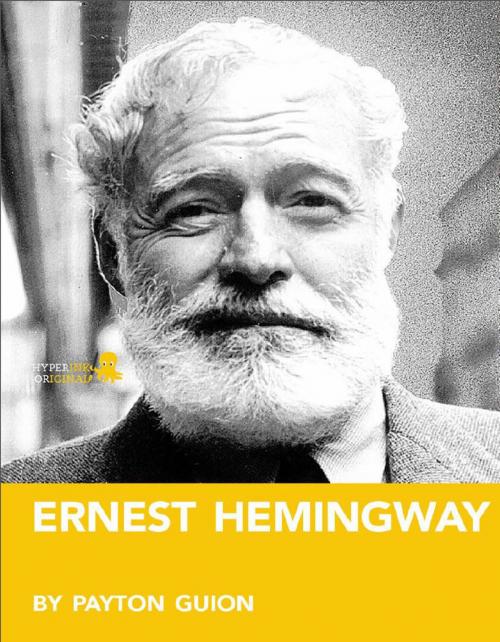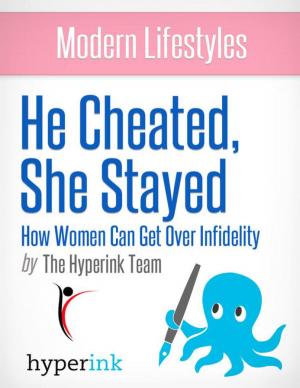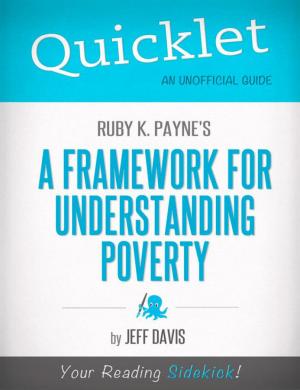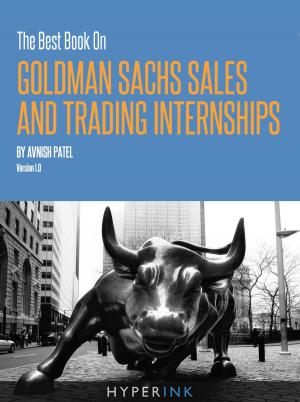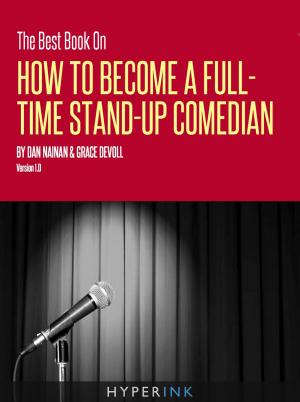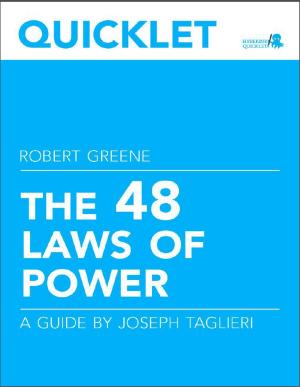Ernest Hemingway: A Biography: Learn about the life and adventures of Ernest Hemingway
Biography & Memoir, Literary, Fiction & Literature, Anthologies| Author: | Payton Guion | ISBN: | 9781614645030 |
| Publisher: | Hyperink | Publication: | July 25, 2012 |
| Imprint: | Hyperink - Ernest Hemingway Bio | Language: | English |
| Author: | Payton Guion |
| ISBN: | 9781614645030 |
| Publisher: | Hyperink |
| Publication: | July 25, 2012 |
| Imprint: | Hyperink - Ernest Hemingway Bio |
| Language: | English |
In arguably his most famous work, Ernest Hemingway wrote, “A man can be destroyed, but not defeated.” It is perhaps this single line from The Old Man and the Sea that gives the most insight into the mind of one of the greatest writers in American history.
Hemingway was a man who rejected defeat at every opportunity. He was a man whose desire to be the best won him respect, but also lost him friends. He lived his life the way he wanted, rarely stopping to apologize. Even in death, Hemingway proved his determination, trying to take his own life at least twice before he ultimately succeeded with the final blast of a shotgun.
Hemingway served as an ambulance driver for the Red Cross in WWI. While in Italy on duty, he decided that he was not near enough to the action and went closer to the front. Just as he got to the front, an enemy mortar shell exploded in close proximity to Hemingway. Despite being injured in the blast, Ernest found a young Italian soldier who was severely hurt and carried him to safety, taking several rounds of machine gun fire to his leg. For his bravery, Hemingway was awarded the Italian silver medal of valor.
While in the hospital still recovering from his injuries, Hemingway fell in love with a nurse named Agnes von Kurowsky. Ernest had to return to America, but he vowed that one day he would marry von Kurowsky. It was not to be, however, as Hemingway received a letter only months after returning home saying that his love had fallen for an Italian officer. He was devastated, and his initial broken heart may explain why he made a habit out of leaving women before they could leave him. Hemingway was married four times and had affairs in each of his marriages.
In arguably his most famous work, Ernest Hemingway wrote, “A man can be destroyed, but not defeated.” It is perhaps this single line from The Old Man and the Sea that gives the most insight into the mind of one of the greatest writers in American history.
Hemingway was a man who rejected defeat at every opportunity. He was a man whose desire to be the best won him respect, but also lost him friends. He lived his life the way he wanted, rarely stopping to apologize. Even in death, Hemingway proved his determination, trying to take his own life at least twice before he ultimately succeeded with the final blast of a shotgun.
Hemingway served as an ambulance driver for the Red Cross in WWI. While in Italy on duty, he decided that he was not near enough to the action and went closer to the front. Just as he got to the front, an enemy mortar shell exploded in close proximity to Hemingway. Despite being injured in the blast, Ernest found a young Italian soldier who was severely hurt and carried him to safety, taking several rounds of machine gun fire to his leg. For his bravery, Hemingway was awarded the Italian silver medal of valor.
While in the hospital still recovering from his injuries, Hemingway fell in love with a nurse named Agnes von Kurowsky. Ernest had to return to America, but he vowed that one day he would marry von Kurowsky. It was not to be, however, as Hemingway received a letter only months after returning home saying that his love had fallen for an Italian officer. He was devastated, and his initial broken heart may explain why he made a habit out of leaving women before they could leave him. Hemingway was married four times and had affairs in each of his marriages.
